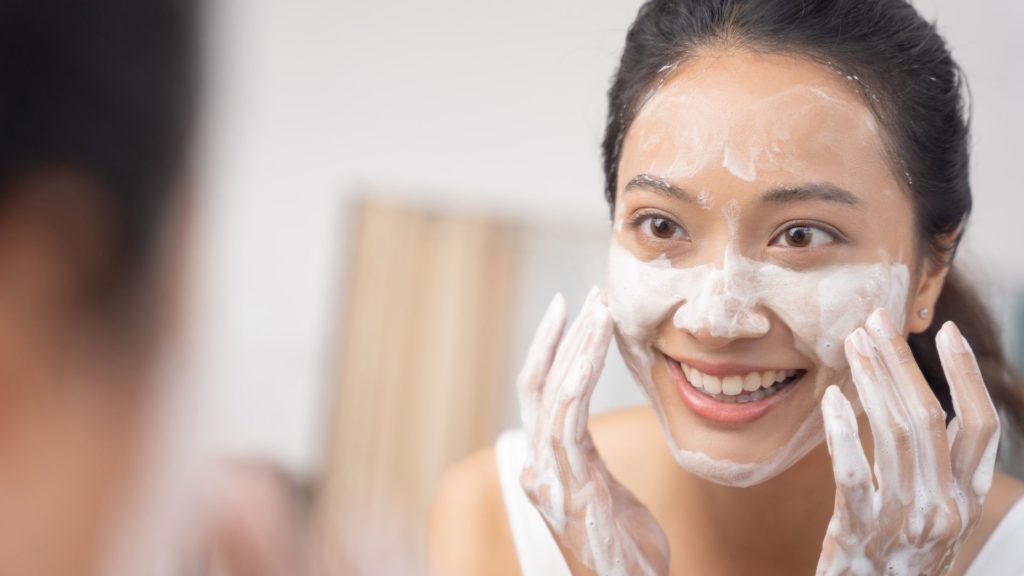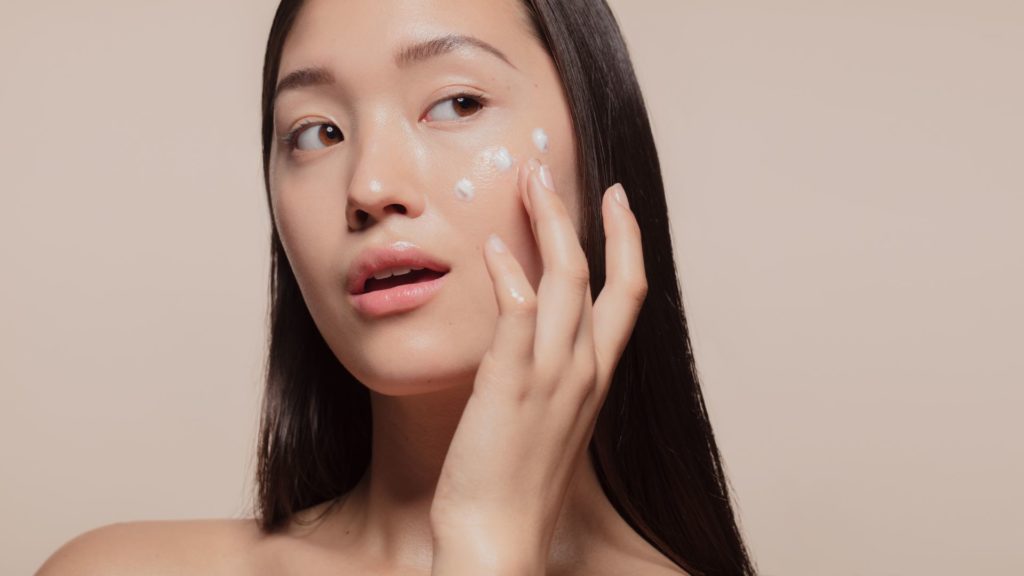The 3 essentials of basic skincare routine, according to a dermatologist
How many steps must an effective skincare routine have? Which products work best for certain skin types? What is the most important thing to remember when doing a skincare routine?
With the recent trends emerging in skin care and the wide range of products to choose from, developing a skincare routine that is personally helpful or effective for you can sometimes feel like an overwhelming or confusing process. However, addressing your skin’s needs shouldn’t be a complicated and tedious task.
A simple and basic regimen can become effective as long as it is easy to follow and done regularly. “What is most important with skincare is being consistent about it,” said Dr. Hester Gail Y. Lim-Bueser, a dermatologist at The Hospital at Maayo. She listed three essential skincare steps that should be done regularly: cleansing, moisturizing, and applying sunscreen.
Step 1: Cleansing
According to Dr. Lim-Bueser, “the whole role of a cleanser is to remove surface impurities.” This include the dust that you get from outdoors and excess sebum or oil that accumulate throughout the day. However, Dr. Lim-Bueser warned against over-cleansing and the use of harsh cleansing products because your skin still needs “surface moisture to maintain the skin barrier.”
Exfoliating is also part of cleansing, and products for this are classified in two: mechanical and chemical exfoliants. Mechanical exfoliants are the ones that feel sandy and must be limited for use once or twice a week. Chemical exfoliants, on the other hand, include products like glycolic and salicylic acid that are gentler. However, its effects will still vary depending on your skin type.

Foaming cleansers work well for oily skin, while mild and non-fragrant cleansers that don’t foam or bubble suit dry or sensitive skin. For people with acne-prone skin, the use of medicated cleansers is advised. | Contact The Hospital at Maayo today
Choosing a product that suits your skin type is also detrimental to proper cleansing. Foaming cleansers work well for oily skin, while mild and non-fragrant cleansers that don’t foam or bubble suit dry or sensitive skin. For people with acne-prone skin, the use of medicated cleansers is advised.
Because human skin is inherently acidic, you should look into a cleansing product’s pH level before using it. Dr. Lim-Bueser advised finding a cleanser with a pH level between 5 to 6 which matches the pH level of your skin. Soaps tend to be very alkaline which can dry for your skin, so you might also want to consider switching to synthetic detergents (also known as syndet) which are milder than traditional soaps.
Step 2: Moisturizing
Cleansers can accidentally strip your skin barrier of the natural oils that it needs, so it’s important to use a good moisturizer for replenishment. This allows your skin to provide better protection against external irritants such as bacteria and allergens.
Like cleansers, you must find a moisturizer that works for your skin type. If you have oily skin, you may choose lightweight products like gels or lotions. For dry or sensitive skin, you may need heavier fragrance-free creams.

If you have oily skin, you may choose lightweight products like gels or lotions. For dry or sensitive skin, you may need heavier fragrance-free creams. | Reach out to a dermatologist
“The general recommendation for moisturizing is once to twice a day,” said Dr. Lim-Bueser. If your dermatologist prescribed retinol or anti-acne medication, you might also want to moisturize regularly because these products tend to dry your skin more. One of the ideal times to apply moisturizer is right after showering, while your skin is still moist because “the moisturizer works off of the little bit of water [in your skin] so it absorbs and makes it much more effective that way.”
Step 3: Using sunscreen
Lastly, using sunscreen regularly is a skincare practice that you should never overlook. The sun’s ultraviolet rays can still penetrate through surfaces like car windows and eventually reach your skin, which may lead to photoaging and even certain types of skin cancer. Using sunscreen is a simple way to prevent skin damage due to sun exposure, especially in a tropical country like ours.

Using sunscreen is a simple way to prevent skin damage due to sun exposure, especially in a tropical country like ours. | Visit The Hospital at Maayo
Just because a skincare routine has more steps and incorporates more products doesn’t automatically mean it’s better. “There’s no one size fits all with very complicated regimens, but with the simple ones, these are things that we can build up on depending on your skin type,” said Dr. Lim-Bueser. So if you have sensitive skin or are not sure about a certain product, it’s always better to consult with your dermatologist first.
Learn more about making a basic skincare routine here:
For more information on skincare and dermatological concerns, visit the Facebook page of The Hospital at Maayo or their website at www.thehospitalatmaayo.com. You can also call them at (032) 888 2662 or 0998 962 1234.
Related
Three liver and colorectal problems you should watch out for
Have a holistic healthcare experience at The Hospital at Maayo
San Lucas Medical: Bringing quality healthcare closer to the communities in the South
The post The 3 essentials of basic skincare routine, according to a dermatologist appeared first on Cebu Daily News.

No comments: